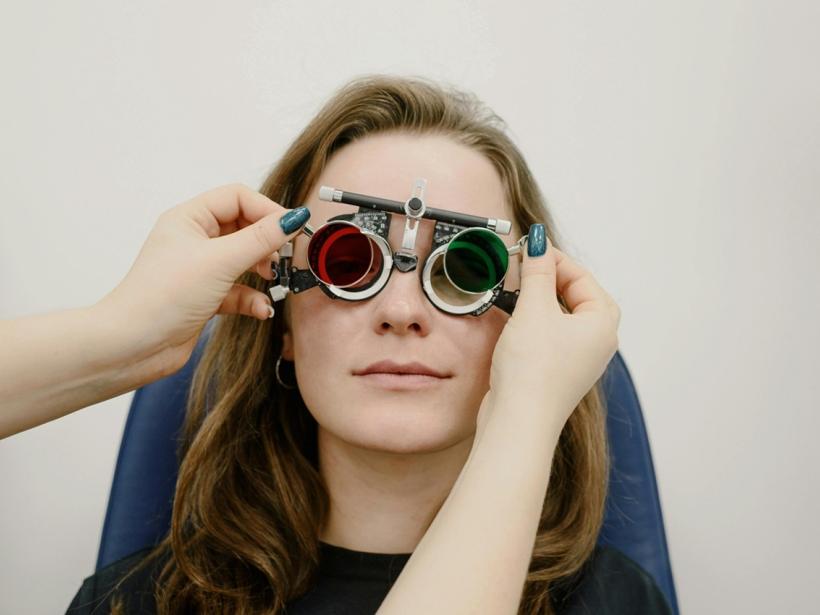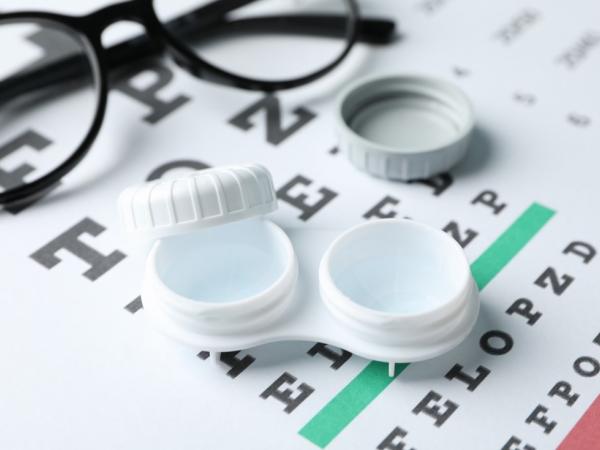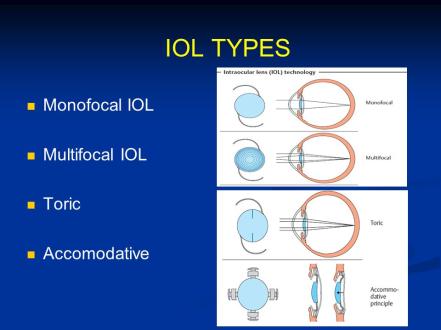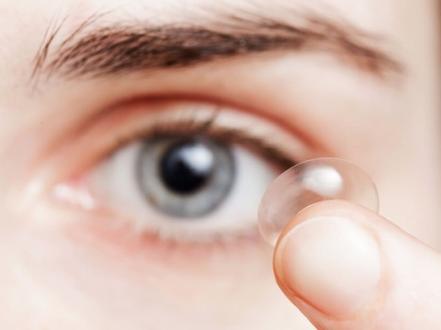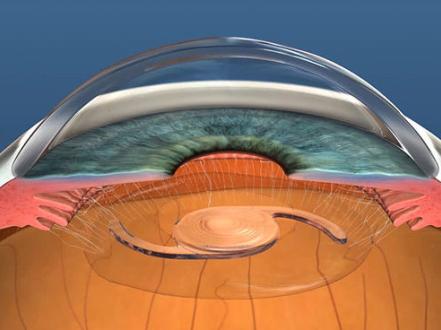If you wear glasses, you probably should know what are progressive lenses and their capacity to improve vision at many ranges. They eliminate the need for separate reading and distance glasses, therefore offering a smooth experience unlike those with conventional lenses. Their simplicity, contemporary style, and fit for jobs needing intermediate and distance vision have helped them become more popular.
Whether you want to replace your present pair or are contemplating them for the first use, knowing how they operate is crucial. Let's look into progressive lenses meaning, advantages, and differences from other lens kinds.
Progressive Lenses: Definition
What are progressive lenses exactly? These unique lenses let users see well at all distances without obvious lines by gradually changing between many prescriptions. Progressive lenses provide a seamless transition from reading to intermediate and long-distance vision unlike bifocals or trifocals, which contain separate portions for near and distant vision.
Their lens design progressively shifts prescription power from top to bottom, therefore providing their usefulness. The top half promotes distant vision; the center fits intermediate focus—perfect for computer displays; and the lowest part helps reading.
Even the Academy of Ophthalmology supports progressive lenses, which have become somewhat well-known. Those over forty who have presbyopia—a condition wherein the eyes lose focus on close objects—often make use of them.
Progressive Lenses Opposed to Bifocals
Bifocal lenses have long been a traditional remedy for those with presbyopia. They clearly have a horizontal line, although their division on near and far prescriptions is not perfect. Conversely, progressive lenses solve this separation and provide a more natural seeing experience.
Advantages of progressive lenses include:
- Their look is exactly like typical single-vision glasses without clear lines.
- Their usefulness allows one to travel steadily over many distances free from abrupt changes.
- Versatility is fitting for daily wear, driving, reading, and screen use.
Potential issues include:
- At the lens corners, new users might find slight distortion.
- Some people struggle to adjust; they might need days or weeks.
- The complex design of progressive lenses drives their cost greater than bifocals.
Notwithstanding these problems, many consumers believe that progressive lenses look better and feel more comfortable. Most people select them over traditional bifocals.
Can I Use Progressive Lenses For Certain Activities?
Among the most often asked questions is, can I read in my progressive lenses? Yes, but with some thinking as well.
- Reading with Progressive Views. Progressive lenses are ideal for reading when seen through the lowest section of the lens. Still, if you spend lots of time reading, special reading glasses could help with clarity and less strain.
- Using Progressive Lenses for Computer Work. One special difficulty of working on a computer is to adjust your vision. To reach the intermediate region of a standard progressive lens, the head must tilt somewhat. Digital progressive lenses are a great solution for regular computer users as they maximize intermediate and distant vision for extended screen time.
Comfort Suggestions:
- Match the intermediate region of the lens with your screen height.
- Anti-reflective coatings help reduce glare.
- Should pain continue, special computer progressive lenses may be a better choice.
Advantages and Disadvantages of Progressive Lenses
Progressive lenses include among their main benefits their multifunctionality. Wearers of one pair of glasses may enjoy great vision at all distances without having to change between many lenses for reading or driving. The flawless change between focus points also removes the distracting lines seen in bifocals, therefore improving their comfort and appearance. Moreover, because they resemble ordinary single-vision glasses, progressive lenses provide a current, fashionable style.
Still, there are some things to think about. Progressive lenses' complicated construction makes them often more costly than conventional bifocals or single-vision spectacles. They also call for an adjustment period as some individuals first notice minor distortion or a "swim effect" when shifting their gaze between many parts of the lens. While most consumers adjust in a few days or weeks, some might find the change difficult. Those who have undergone cataract surgery might also have extra issues selecting progressive lenses as the new lens in the eye will influence the performance of the glasses. Many individuals choose progressive lenses for their simplicity, utility, and elegant form despite these few inconveniences.
Finally, Are Progressive Lenses Suitable For You?
Knowing what are progressive lenses and their special qualities enables one to make a wise selection. They are a great purchase if you like smooth changes between different vision types. If you mostly use glasses for reading or computer work, however, other lens designs might be more appropriate.
Progressive contact lenses provide comparable advantages in a non-glasses form for people who are interested in contact lenses, therefore offering a flexible choice.
See the best eye doctors to make sure you get the best advice and treatment. They can lead you toward the most appropriate eyewear option and evaluate your particular demands.
You can find if progressive lenses fit your way of living by balancing the benefits and drawbacks.
